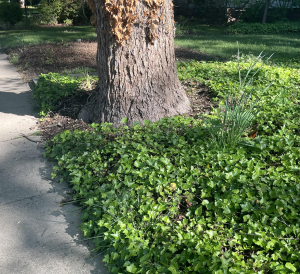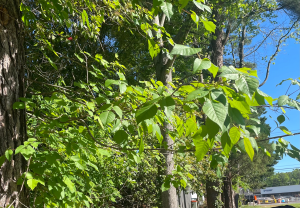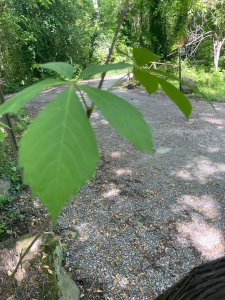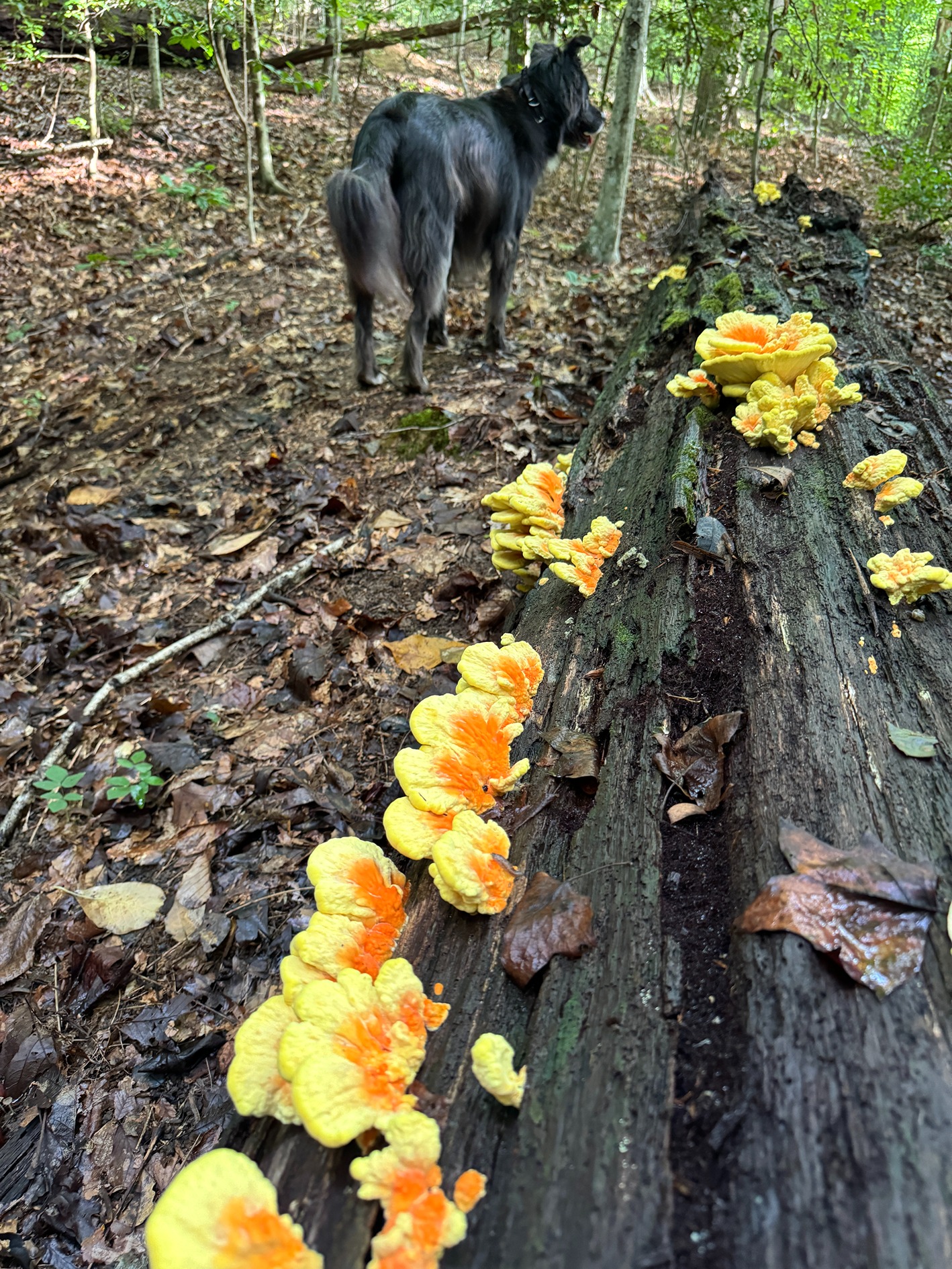
Are vines in trees good or bad? Will vines kill your tree? Are they good for wildlife, or are they a habitat destroyer? That depends. Here are a few tips for some of the more common vines that you may have to deal with in your backyard.
Know what you have: Some vines are a natural part of the native forest of Richmond, others are invasive species that take over our landscapes. If you have vines that you think you may want to keep, a good first step is identification. If you like your grape vines, you should make sure that they are, in fact, grape vines and not invasive porcelain berries. Is that honeysuckle vine invasive or a native? Lewis Ginter has a good publication that shows native plants and their invasive look-alikes: https://www.lewisginter.org/wp-content/uploads/2021/03/Mistaken_Identity_Final.pdf
After you know what you have, the next step is to decide if you really want it. Here are a few pros and cons for some of the vines that you will run into.
- English Ivy: Is there a place for English Ivy to live in your yard? Maybe a little, but probably not. English ivy does make a dense ground cover that chokes out most other plants. It does not produce fruit when it is a ground cover. Flowering and fruiting happens after it climbs vertically, mostly in trees. It is not recommended to make an English ivy bed, but if you already have one, keep the vines off of the tree and root flair. Using English ivy may seem like a low maintenance ground cover option, but keeping it from climbing and spreading makes containing this plant a lot of work.

- Poison Ivy: While this is a rather unpleasant plant for humans, it does provide fruit and flowers for other creatures, that do not suffer the consequences of urushiol. That said, do not let it grow in any area of your yard that humans hang out in. Do not let it grow up any tree that you may need to have maintenance on. You may have a hard time finding an arborist that will work on a tree full of poison ivy vines.

- Virginia Creeper: This is a native vine that can live in harmony with your trees. The fall colors are striking against the bark of trees. Birds enjoy the fruit. If you let Virginia creeper grow on your trees, you need to keep an eye on it. It can be a great hiding spot for poison ivy to take hold.

- Wisteria: There is a native wisteria vine, but unfortunately, the wisteria taking over your yard is probably an invasive. Wisteria is beautiful when flowering, but is a very aggressive plant. Once invasive wisteria has taken over a yard, it is a long hard process to get it under control. Wisteria arbors can be attractive, but the maintenance required to keep wisteria contained and maintained overwhelms most homeowners.

- Winter Creeper: This invasive evergreen ground cover will climb trees and stick like glue. It can take over a landscape.

If you have vines that you do not want, getting rid of them can be an overwhelming undertaking. Here are a few tips.
- Volunteering: If you don’t know where to start in your own yard, you can learn a lot by volunteering in James River Parks. Signing up for some invasive species removal in the parks can teach you a lot about how to tackle these plants in your own yard: https://www.handsonrva.org
- Baby steps: If you have a big invasive vine problem, start small. A good first step is finding a place where invasive vines are getting started and pull them. This may seem insignificant, but you are keeping a problem from spreading.

- Know when to call in the pros: Cutting and killing large vines in mature trees without causing damage to the trees can be very tricky. If you have a big vine issue, you may need help to get it under control.



